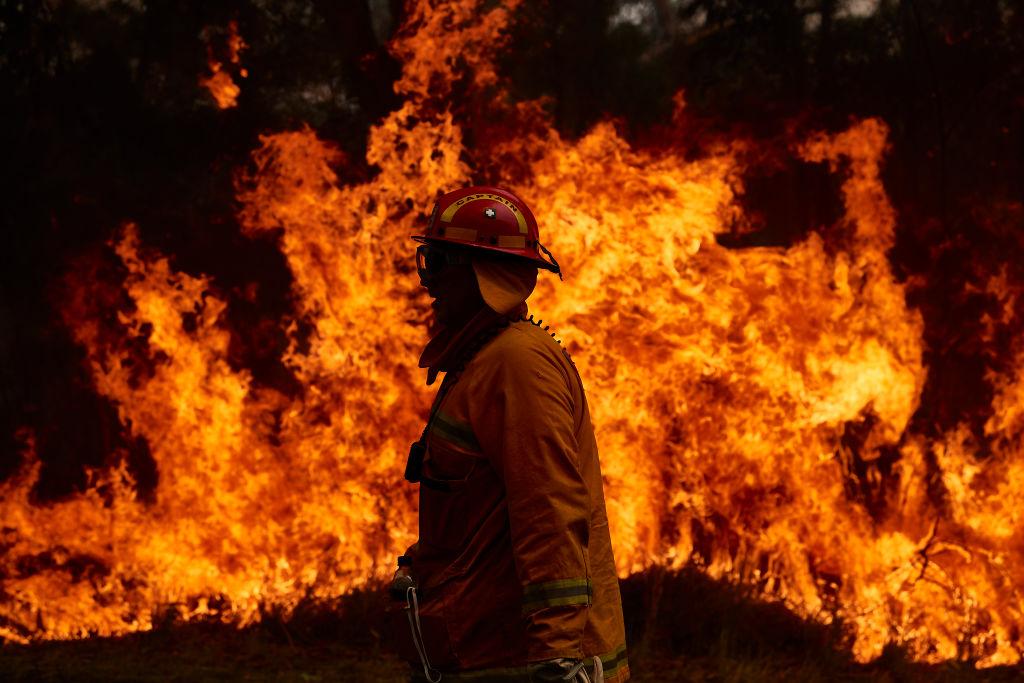Commentary
As the summer months are fast approaching, the fire season will again be a primary concern of Australia’s fire services.

As the summer months are fast approaching, the fire season will again be a primary concern of Australia’s fire services.